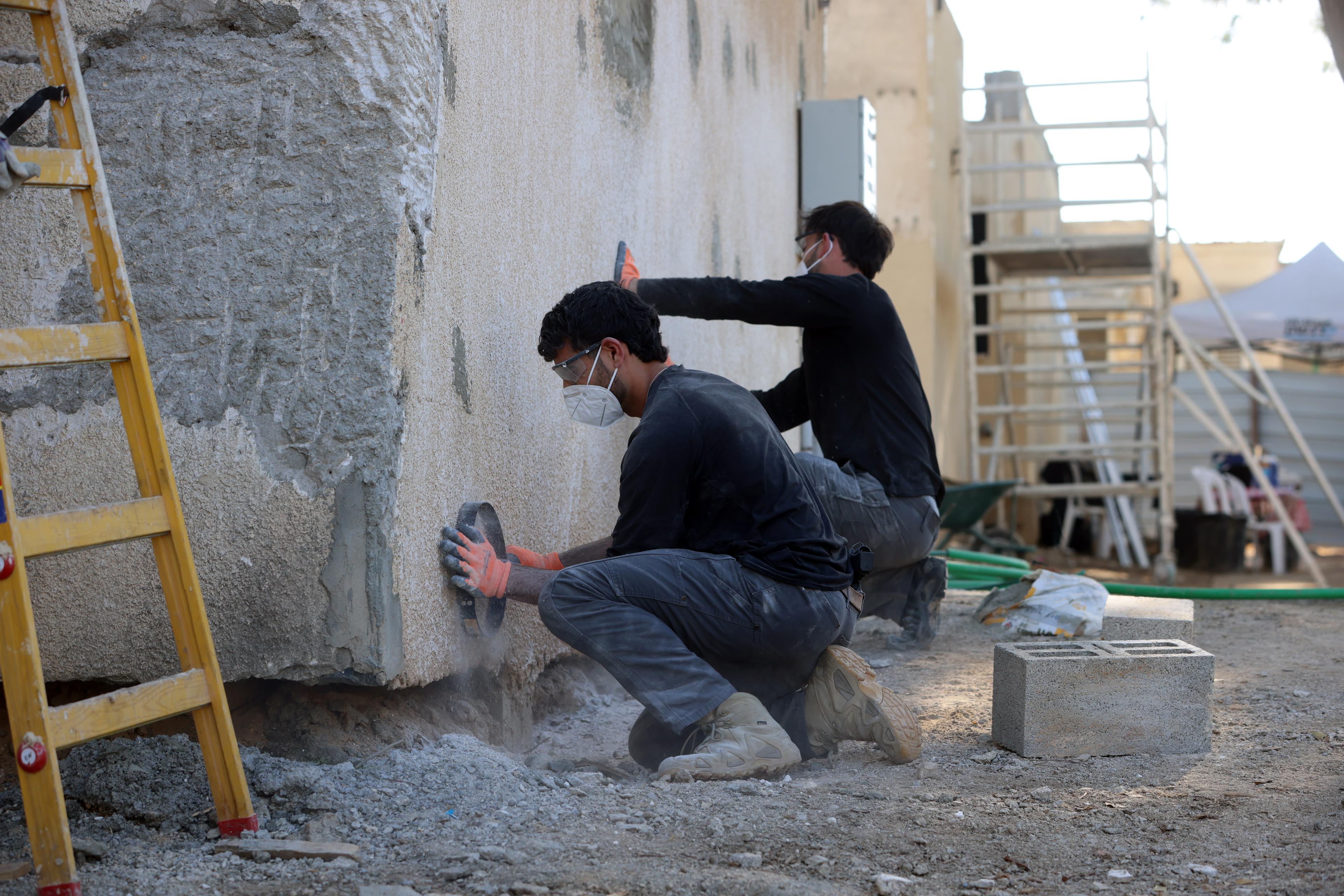Displaced, forgotten, still waiting
600 Days Later, Gaza Border Families Can't Wait To Go Home
Gaza Envelope residents remain in limbo, barred from returning, emotionally scarred, and desperate for security, stability, and the return of hostages.

Nearly 600 days after the October 7 massacre, the scars of war linger in the hearts and homes of Gaza Envelope residents. In the so-called "red settlements",13 communities hugging the Gaza border, life remains on hold. The IDF’s ongoing ban on returning, coupled with slow reconstruction, has left families like Ziv Matsliach’s and Meirav Cohen’s trapped in limbo, yearning for stability and safety, according to a Ynet article.
Ziv, evacuated from Kibbutz Kfar Aza and now living in Kibbutz Ruhama, speaks with quiet resolve. “The picture of victory isn’t about how many terrorists we kill or how much land we take,” he says. “It’s about our hostages coming home, our soldiers returning, and our communities thriving again.”
He disputes the Tekuma Administration’s claim that 92% of evacuees have returned, pointing out it excludes border communities like his, where only 25% have trickled back despite security risks. “They’re barely looking at us,” he laments, noting that 30% of residents still can’t work, and financial struggles weigh heavily on families.
Meirav Cohen, displaced from Ein HaShlosha to Netivot, echoes the frustration. “The last few nights have been terrifying,” she shares, her voice carrying the exhaustion of 50 years in the Gaza Envelope. “The sounds of war shake us, even here. I won’t return until I know it’s safe to raise children.”
Her kibbutz remains a closed military zone, and returning now, she fears, would be a “third abandonment” after October 7 and the ongoing plight of hostages. “We’ve paid too high a price,” she says, pleading for “a bit of certainty, a bit of stability” after 600 days of uncertainty about where her family will sleep or send their children to school.
Amir Tibon, evacuated from Nahal Oz, paints a grim picture: only 10-15% of his kibbutz’s residents have returned. “If explosions rattle homes in Ashdod, imagine half a kilometer from the fence,” he says, questioning the state’s vague timelines. The unresolved hostage crisis weighs heavily, friends like Omri Miran, held nearly 600 days, and others like Matan Angrest, Itay Chen, and Daniel Peretz, kidnapped defending their homes. “A hostage deal would give us the strength to rebuild,” Amir insists.
Minister Ze’ev Elkin, overseeing the Tekuma Administration, claims progress, noting high return rates in less-affected areas like Sderot and agreements with devastated communities like Be’eri and Nir Oz. But for residents, ministerial visits feel like hollow PR stunts. “They come with tears and Zionism,” Ziv says, “but we need answers and funding.” Elkin defers to the army on security restrictions, leaving families waiting.
As war rages on, these communities, Kerem Shalom, Ein HaShlosha, Kfar Aza, and others, face not just physical ruin but a deeper wound: the fear they’ve been forgotten. For them, victory lies not in conquest but in the promise of a safe homecoming and the return of their loved ones.